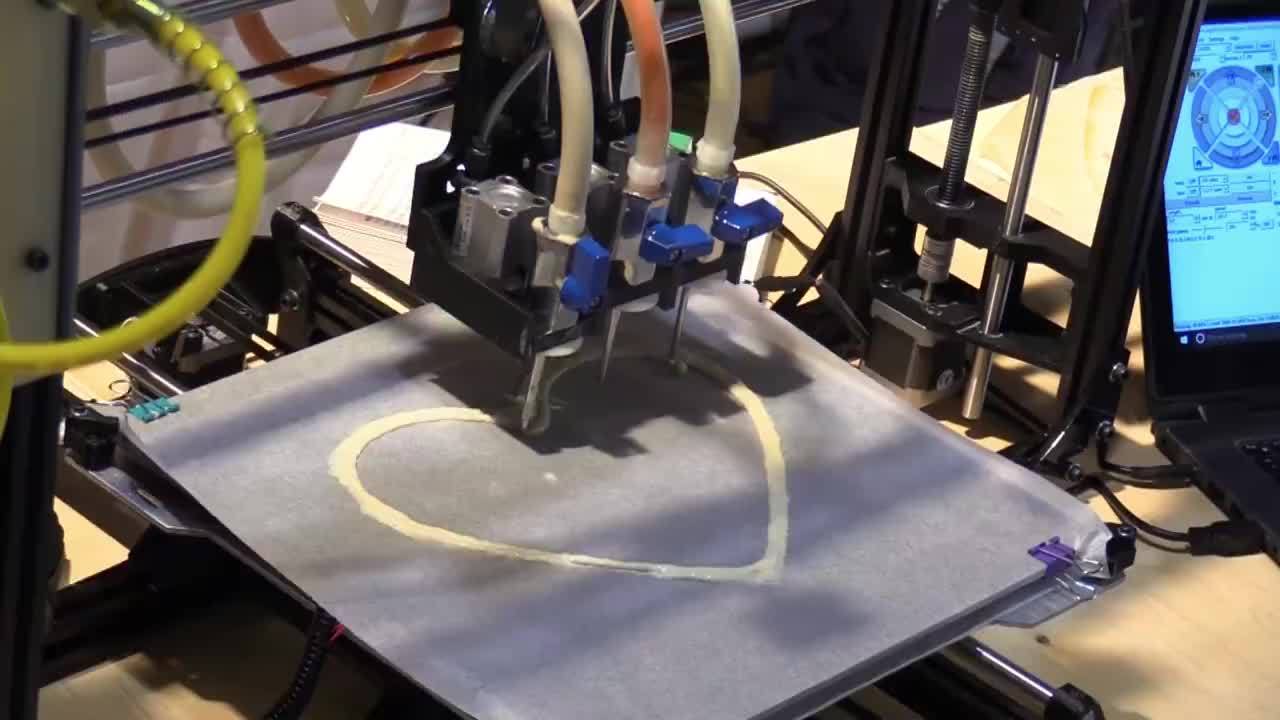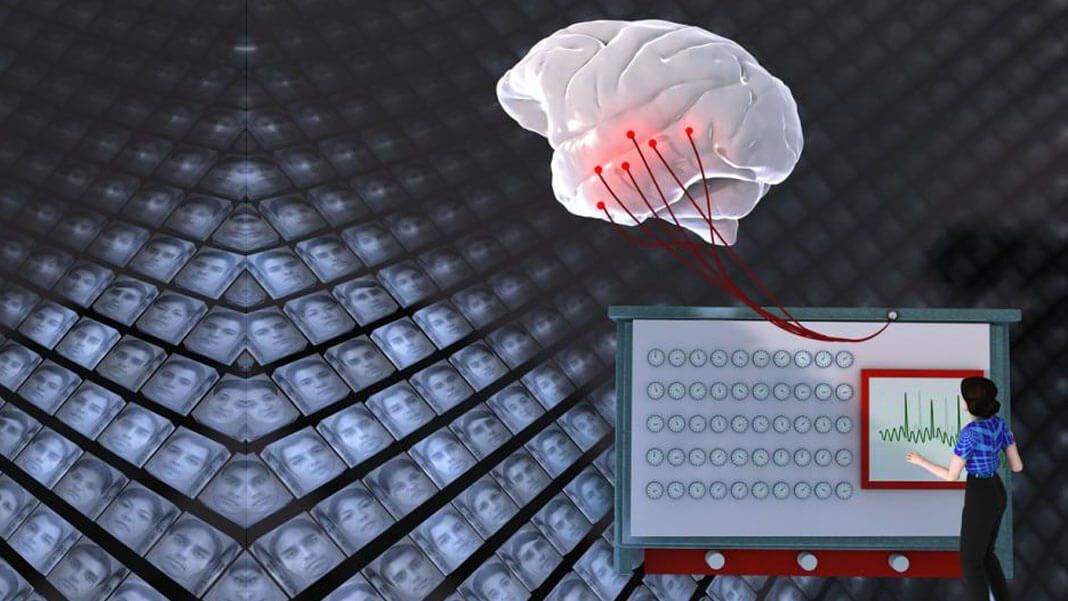Get the latest international news and world events from around the world.
Robots learn to walk naturally
The challenge with bipedal robots isn’t so much getting them to walk at all (although that’s sometimes a problem) as it is getting them to walk naturally. They tend to either step cautiously or quickly run into trouble. Swiss researchers think they can do better, though: they’re working on COMAN (Compliant Humanoid), a headless robot designed to master walking. The automaton is more graceful through a combination of more flexible, elastic joints and a control algorithm that helps the bot understand its own body.
COMAN is aware of the symmetries in its dynamics and structure, which helps it not only walk with a natural gait but carry objects, navigate uneven surfaces like stairs, and react to surprises. If you push the robot, for instance, it knows exactly where to place its foot so that it doesn’t tip over like some of its peers. And thanks to that added flexibility, it’s more likely to survive that rudeness.
The technology is a long way from reaching robots you can interact with. For one thing, these machines would need ‘heads’ or some other way of exploring the world on their own. They may be particularly clever when they arrive, though. The team is also exploring the possibility of teaching bipedal robots t coordinate in shared actions, such as carrying a table. You could eventually see moving robots that have no problems hauling your couch down a flight of stairs.


Scientists have created a BACTERIUM that inhales CO2 producing Energy
It’s a bionic leaf that could revolutionize everything we thought we knew about clean energy.
Harvard scientists open the door to an energetic revolution that has allowed them to test successfully a system that converts sunlight into liquid fuel.
In other words, the chemist who gave us the artificial leaf a couple of years ago has GENETICALLY ENGINEERED A BACTERIUM to absorb hydrogen and carbon dioxide converting them into alcohol fuel.

Forget Police Sketches: Researchers Perfectly Reconstruct Faces
Picture this: you’re sitting in a police interrogation room, struggling to describe the face of a criminal to a sketch artist. You pause, wrinkling your brow, trying to remember the distance between his eyes and the shape of his nose.
Suddenly, the detective offers you an easier way: would you like to have your brain scanned instead, so that machines can automatically reconstruct the face in your mind’s eye from reading your brain waves?
Sound fantastical? It’s not. After decades of work, scientists at Caltech may have finally cracked our brain’s facial recognition code. Using brain scans and direct neuron recording from macaque monkeys, the team found specialized “face patches” that respond to specific combinations of facial features.